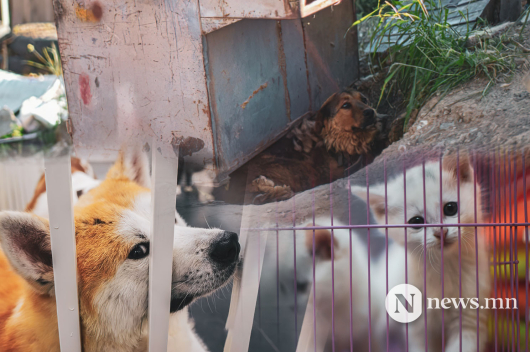Mongolia has released the results of its 2020 nationwide snow leopard survey, showing that there are 953 of these adult big cats in the country.
WWF-Mongolia, and partners including the Snow Leopard Conservation Foundation, the Snow Leopard Trust, and the Irbis Mongolia Centre, have successfully completed the large-scale study to assess the current range and the population size of the animal in Mongolia with support from the Ministry of Environment and Tourism of Mongolia.
The assessment, initiated in 2017, was completed with more than 40 field surveys, involving over 500 people: researchers from the partner organizations, the National University of Mongolia and the Mongolian Academy of Sciences, rangers from the State Protected Areas, and local people.
The survey covers 406800 square meters area; in addition, scientists installed cameras on 29 mountains which provided photographic evidence of the elusive big cats in their natural habitat.
The effort is part of a larger push to understand the distribution and population status of the snow leopard across the entire South Gobi landscape, parts of which have been identified by the Mongolian government as a priority area to be secured as a habitat for the snow leopard under the Global Snow Leopard & Ecosystem Protection Program (GSLEP). This is a very large landscape; in total, it’s some 327, 000 km2 and includes parts of three Mongolian provinces.
Known as a shy and mysterious big cat which is also incredibly well camouflaged, the snow leopard is an indicator of the health of the ecosystem. The presence of a healthy population of the big cat in Mongolia shows that high mountain ecosystems remain healthy, which is critical as they are the source of water for millions of people downstream. The snow leopard is found in 12 countries.
 3,575.44
3,575.44












Related News